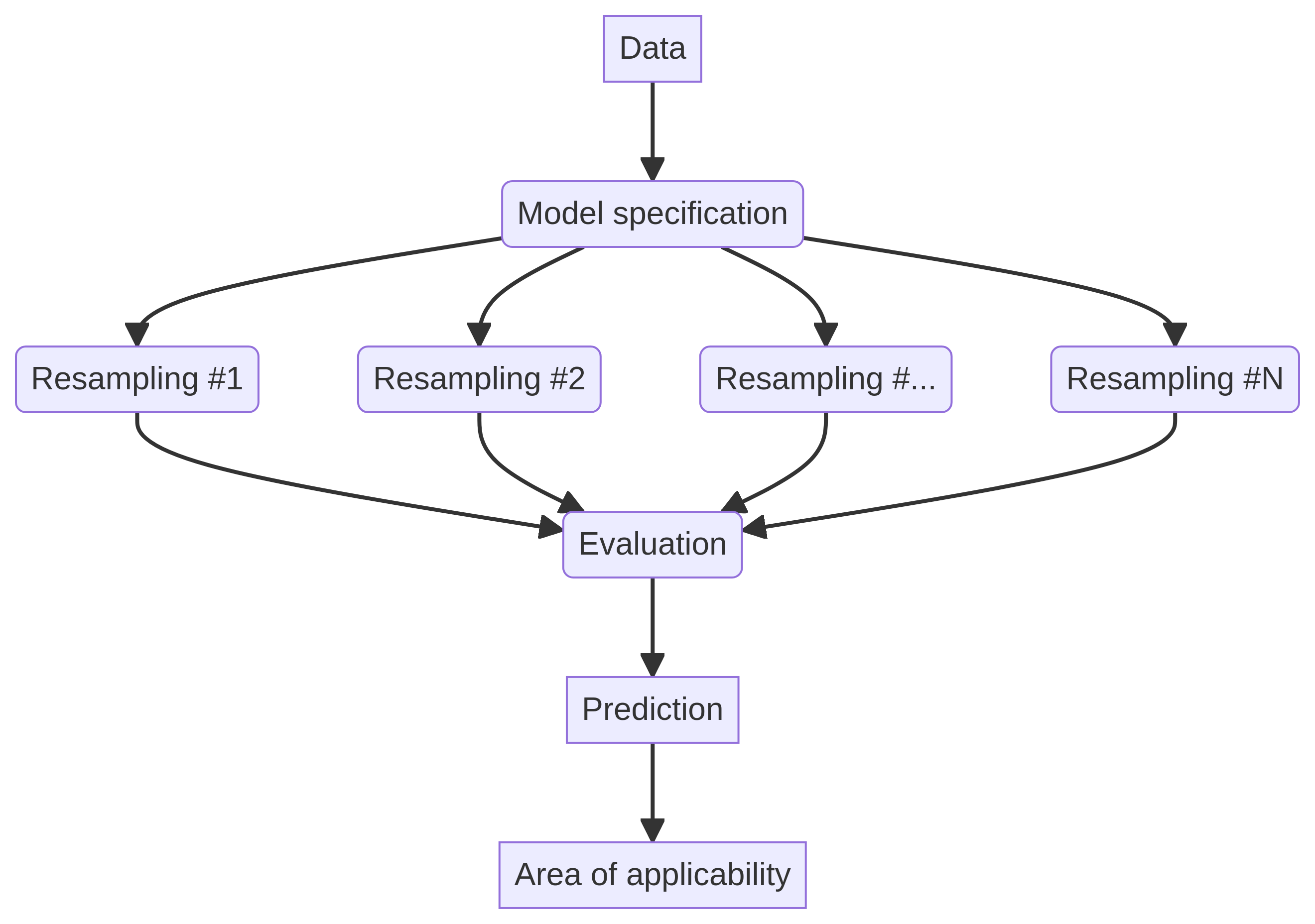The Future of Space Technology: A Comprehensive Overview

This excerpt from the latest issue of the Stanford Emerging Technology Review (SETR) delves into the multifaceted world of space technology, highlighting its significance as one of the ten pivotal technologies studied within this ongoing educational initiative. SETR is a collaborative effort of the Hoover Institution and the Stanford School of Engineering, bringing together the expertise of Stanford University's preeminent faculty in science and engineering to create a practical reference tool for policymakers worldwide. For a deeper understanding and detailed insights, readers can download the full report and subscribe for news and updates.
The potential of space technology in serving national interests has become increasingly evident. Its applications span various critical domains:
- Navigation: Space technology facilitates vital positioning, navigation, and timing (PNT) services globally. Global Positioning System (GPS) and similar services provided by various nations help individuals determine their exact locations and navigate efficiently, whether they are traveling by land, sea, air, or even venturing into space.
- Communications: Satellites play a crucial role in delivering communications across remote regions and to mobile users, thus complementing terrestrial networks that primarily handle long-distance communications.
- Remote Sensing: Equipped with advanced sensors, remote sensing satellites gather extensive data rapidly from unique vantage points, providing valuable insights into various areas and objects of interest.
- Scientific Research: Exploration and astronomy conducted from space yield profound knowledge about the origins of celestial bodies, including planets, stars, galaxies, and even life on Earth.
- Space Transportation: The space transportation industry has witnessed a remarkable reduction in launch costsplummeting to approximately $1,500 per kilogram by 2021, thanks to advancements over the past few decades.
- National Security: Spacecraft continuously monitor Earth for missile launches, including both ballistic and hypersonic missiles targeted at the United States or its allies. They are also crucial in detecting nuclear explosions globally, analyzing foreign radio traffic and radar signals, and tracking military movements.
The landscape of the space sector is undergoing a significant transformation, shifting away from government-dominated legacy systems characterized by lengthy development timelines and mission lifecycles toward a more dynamic NewSpace economy driven by private enterprises. This transition to privatization is making space technologies more accessible and affordable, allowing governments to explore the use of small spacecraft and on-demand launches, which enhance space capabilities in a cost-effective manner.
Despite the benefits that come with increased private sector involvement in space, new challenges are also emerging. This includes addressing the inherent risks associated with dual-use space technologies, navigating crises where the distinctions among individual private entities, the space sector, and government actors are becoming increasingly blurred, and differentiating between accidental incidents and malicious actions. Additionally, there is a growing reliance on private companies whose interests may not always align with those of the US government.
Glimpses of the Future
Space holds remarkable potential for certain manufacturing processes. For example, specialized pharmaceuticals, optics, and semiconductors can benefit significantly from the advantages of space manufacturing. The vacuum environment of space helps minimize contamination, while the microgravity conditions reduce the impacts of gravity-induced phenomena like sedimentation and buoyancy. These factors enable the creation of superior crystals and shapes, which could revolutionize the production of biological materials, medicines, polymers, and electronics.
Moreover, the moon and asteroids are believed to harbor vast stores of minerals that are either rare or difficult to extract on Earth. Rare-earth elements used in batteries and guidance systems, as well as Helium-3 found on the moon, may serve as critical resources for nuclear fusion reactors. Future mining operations in space could facilitate the return of these valuable materials to Earth, thereby meeting the growing demand in a sustainable manner. Mining lunar regolith and ice is also essential for establishing a permanent human presence on the moon and supporting further exploration throughout the solar system.
In orbit above the Earth, certain locations receive uninterrupted sunlight, providing a unique opportunity for space-based power generation that could potentially fulfill growing clean energy requirements.
The advent of affordable, high-quality imagery and data sourced from space-based assetspredominantly launched and operated by private companieswill likely play a pivotal role in advancing open-source intelligence available for data analysts.
As spacecraft venture deeper into the solar system, innovative power sources, such as those driven by nuclear reactions, will be essential for providing the necessary energy for propulsion during their missions. Additionally, advancements in propulsion systems capable of rapid deployment will be crucial for intercepting interstellar objects to facilitate sample collection.
Governance Lags Behind
The pace of international and national space governance has not kept up with the rapid advancements in space technology. Many existing legal frameworksmany of which emerged from the geopolitical tensions of the Cold Warfail to adequately address contemporary activities and often spark disputes regarding their interpretation and applicability. Efforts to refine these frameworks have often stalled due to divergent geopolitical objectives. In the United States, despite their strategic importance, space assets have not been designated as critical infrastructure, and the rapid growth in space activity surpasses the capacity of current licensing processes overseen by the Federal Aviation Administration and the Federal Communications Commission (FCC).
Nevertheless, several noteworthy developments have occurred in recent years. NASA has unveiled its strategy outlining actionable objectives for ensuring sustainability in space operations within Earth's orbit. The agency has also indicated plans to publish similar strategies for operations in cislunar space and beyond, incorporating deep space activities involving other celestial bodies. Additionally, the FCC has issued its first-ever penalty for the improper disposal of a satellite from geostationary orbit. However, these immediate policy advancements must be integrated with a long-term vision that spans the next fifty to one hundred years to effectively address national security concerns, support the ongoing growth of the space industry, and promote the responsible use of outer space as a shared global resource.
The proliferation of objects in space has escalated dramatically over recent years. Currently, nearly 30,000 tracked objects larger than ten centimeters are orbiting our planet, with approximately 10,000 functioning satellites among them. Furthermore, estimates suggest there are around 1.1 million fragments ranging from one to ten centimeters in size. As the number of objects in orbit increases, the likelihood of collisions rises correspondingly. Each collision holds the potential to generate even more debris, leading to a disastrous cascade of events known as the Kessler syndrome, which could effectively render access to space impossible. The increasing volume of space traffic may also interfere with communications, complicating the coordination of space activities, including orbit planning. To address these challenges, new domestic safety legislation and enhanced international collaboration will be necessary.
Geopolitical considerations in space are also rife with complexity. A critical illustration of this is the Outer Space Treaty (OST). Recent developments suggest that the norms established by this treaty are gradually deteriorating. In 2024, for instance, Russia vetoed a UN resolution aimed at prohibiting the deployment of nuclear weapons in space, while senior US officials have raised concerns that Russia is developing a satellite designed to carry nuclear weapons into low Earth orbita move that could disrupt satellite operations for an extended period.
Moreover, there is no existing treaty, including the OST, that restricts other military applications of space, such as the deployment of conventional weapons in orbit. Given that space-based capabilities are integral to modern military operations, these assets may become targets for foreign counterspace threats. Thus far, four nationsChina, Russia, India, and the United Stateshave successfully tested kinetic anti-satellite weapons capable of destroying satellites in space. Additionally, various countries are developing a range of capabilities, both from terrestrial and space-based platforms, to degrade, deny, or even eliminate satellites owned by other nations. Cyberattacks represent a significant component of the non-kinetic threat landscape for space missions, posing risks of data corruption, jamming, and hijacking of space intelligence.
Today, nations are embroiled in a new race to the moon, which is fueled by motivations distinct from those of the 1960s. While prestige remains a factor, the current competition is centered on establishing a sustainable lunar presence for strategic and economic benefits. Key players like Russia and China are vying to establish permanent outposts on the moon. The first nation to achieve this goal may secure a substantial first-mover advantage, positioning itself to dictate the terms for future lunar exploration by others. Although the OST forbids the claim of lunar sovereignty, there are growing concerns that nations might ignore this stipulation in pursuit of their national interests. The possibility of a nation resorting to military action to deter others from establishing a lunar foothold underscores the potential for conflict in this new age of space exploration.

















